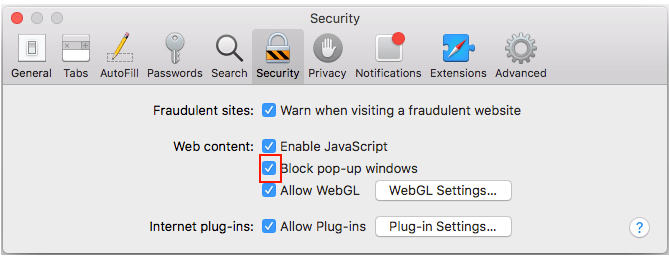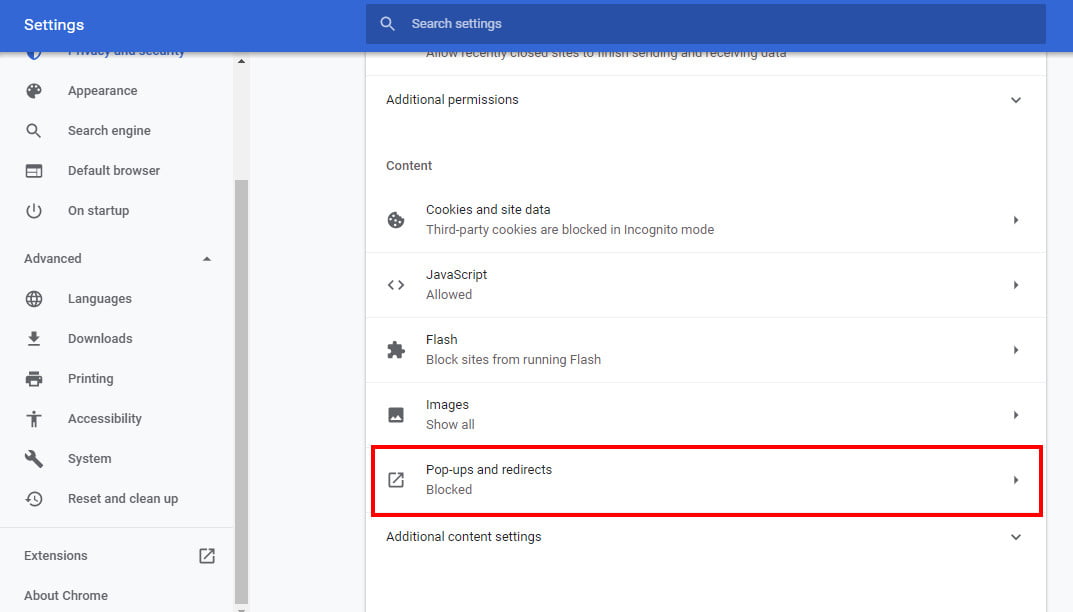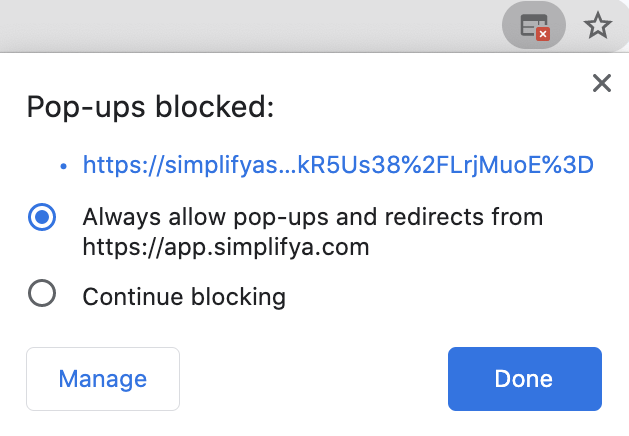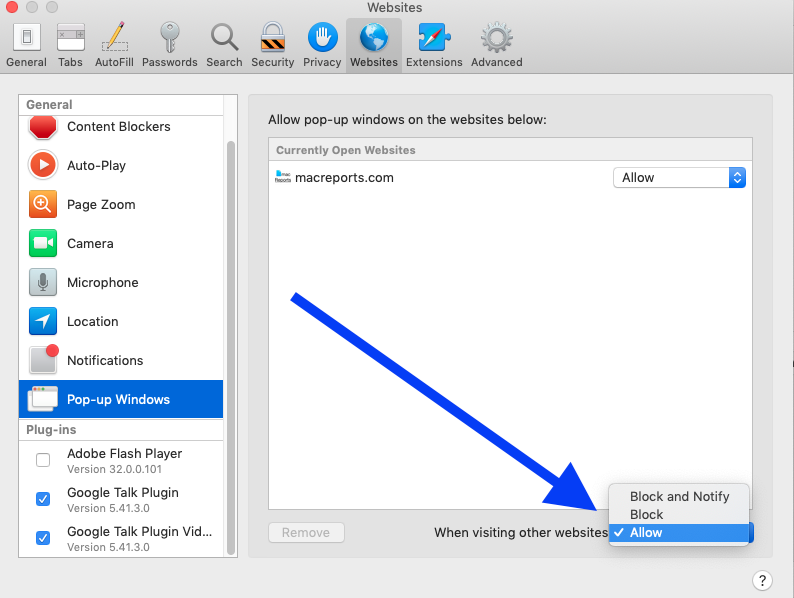

If you continue to receive pop-ups after turning this feature on, try the following solutions: When this feature is turned on and a pop-up has been blocked, Edge will display the following image in your web browser's address bar. Under All permissions, select Pop-ups and redirects.

Select Settings > Cookies and site permissions. In Edge, go to Settings and more at the top of your browser. If you found this guide useful, let us know in the comments section.Note: If you are receiving unwanted website notifications, please see Manage website notifications in Microsoft Edge. Website notifications appear in the notification center, located in the lower right corner of your device. Pop-ups can be a problem on certain websites, but sometimes you need to enable them in order for a website to work properly.

In the Privacy and security section select Site settings.Click on the Menu icon and select Settings.The browser is light on your resources, and it should handle any website with ease, so you might want to consider trying Opera out. As for additional features, there’s integrated messenger and Instagram. The browser also has tracking protection so it will block tracking scripts and cookies.Ī built-in VPN is also available, and it’s completely free while offering unlimited bandwidth. In addition to blocking pop-ups, Opera will also block ads thanks to the built-in adblocker. Check Allowed to allow all popups or click the Add button and choose on which websites you want to allow pop-ups.Navigate to Site Settings > Pop-ups and redirects.Click the Opera menu and choose Settings.

If you need to enable pop-ups in your browser, in today’s article we’ll show you how to do that, so let’s get started. However, few websites actually use pop-ups for non-advertising purposes. Pop-ups are windows that suddenly open while browsing, and they usually show all sorts of unwanted ads.


 0 kommentar(er)
0 kommentar(er)
